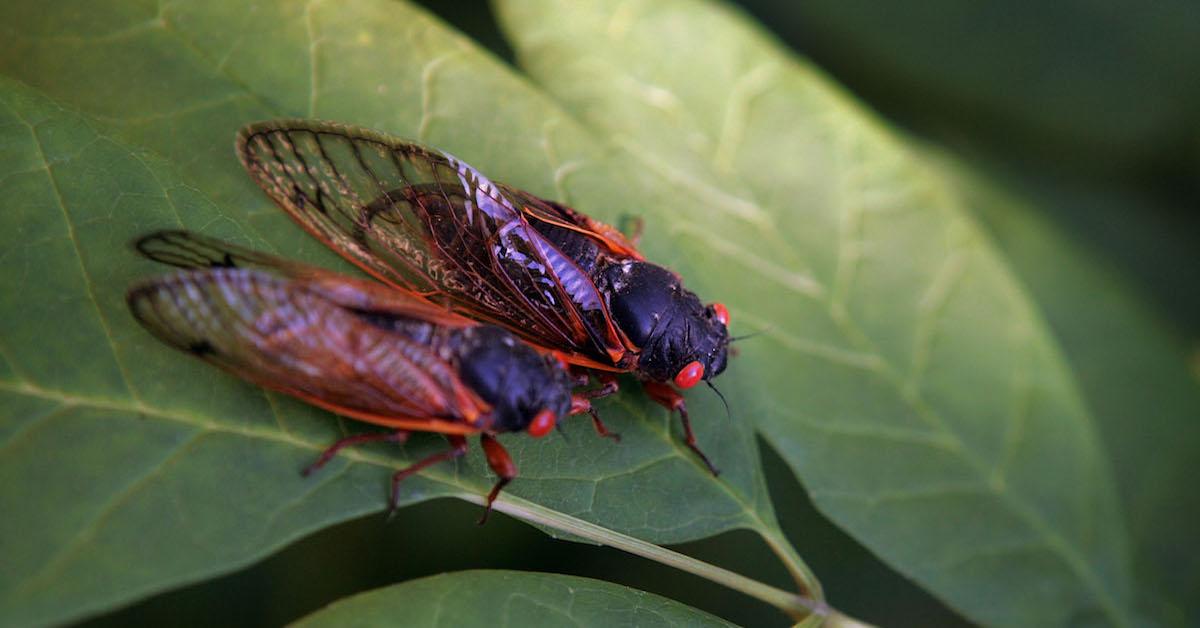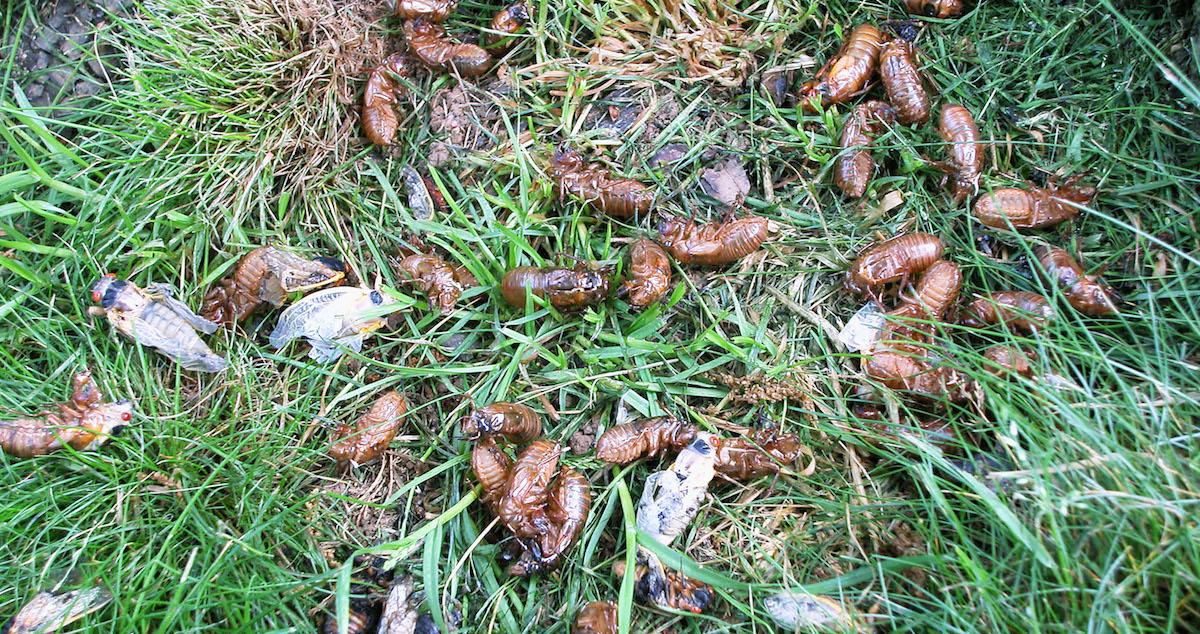Cicadas Prefer Dry Climates — So What Happens to Them When It Rains?
Published June 23 2021, 2:42 p.m. ET

After living underground for 17 long years, the Brood X cicadas are starting to emerge, to perform their last feats of evolution — molting, breeding, and dying all in the the span of a single six-week season. And while these noisy little buggers are no strangers to extreme summer sun and heat, what happens to cicadas when it rains?

What happens to cicadas when it rains?
According to Newsweek, cicadas don’t care much for rain-soaked summer days, and they are not especially fond of windy, stormy days, either. Despite having some protection from water built into their wings and exoskeleton, cicadas generally search for a safe, dry spot to hunker down until the weather clears up and the storm passes. They are certainly less active during cold and rainy days.
Can rain slow the cicadas' emergence?
Rain doesn’t usually have a direct impact upon the emergence of the 17-year cicadas, but cold temperatures certainly do. Indeed, though the Brood X cicadas are already appearing in the billions in parts of the Carolinas, Maryland, and central New Jersey, average ground temperatures in parts of the Northeastern U.S. don’t seem to have reached peak levels.
According to NBC Philadelphia, weather in the Northeast has been wetter and cooler than it has in years past and as a result, northern cicadas don’t seem to want to wake up. Cicadas like those in Brood X only tend to emerge when ground temperatures maintain a sustained 64 degrees Fahrenheit, and that has not been the case. This has meant that many of the cicadas predicted to swarm out of the ground at the end of May, are still waiting to emerge.

When will the 2021 cicadas be gone?
As of late June 2021 and according to the official Maryland State website, Brood X cicadas have already begun hitting peak emergence in various places. The general consensus is that these early risers would be leaving on schedule at the start of July, with stragglers malingering well into August in some places. However, those that are slow to emerge might be here until the end of August, if they even appear at all.
The lack of cicada appearances could mean that climate change has affected their 17-year-old schedule as much as it’s currently affecting the migratory patterns and feed behavior of other animals like whales and polar bears. The lack of cicadas at this time could mean an alteration of a centuries-old tradition for these insects, which is just another worrying ecological portent of things to come.
According to the World Wildlife Fund (WWF), climate change has begun to affect animals all over the world, big and small. Animal habitats are disappearing or shifting, water and food is becoming more scarce, and millions of species are already affected or driven close to extinction. Considering how important cicadas are in the food chain and the niche they represent, silent summer nighttimes aren't the only thing we should be worried about.